A collaborative initiative in Japan explores at how artificial intelligence could make sturgeon farming more predictable
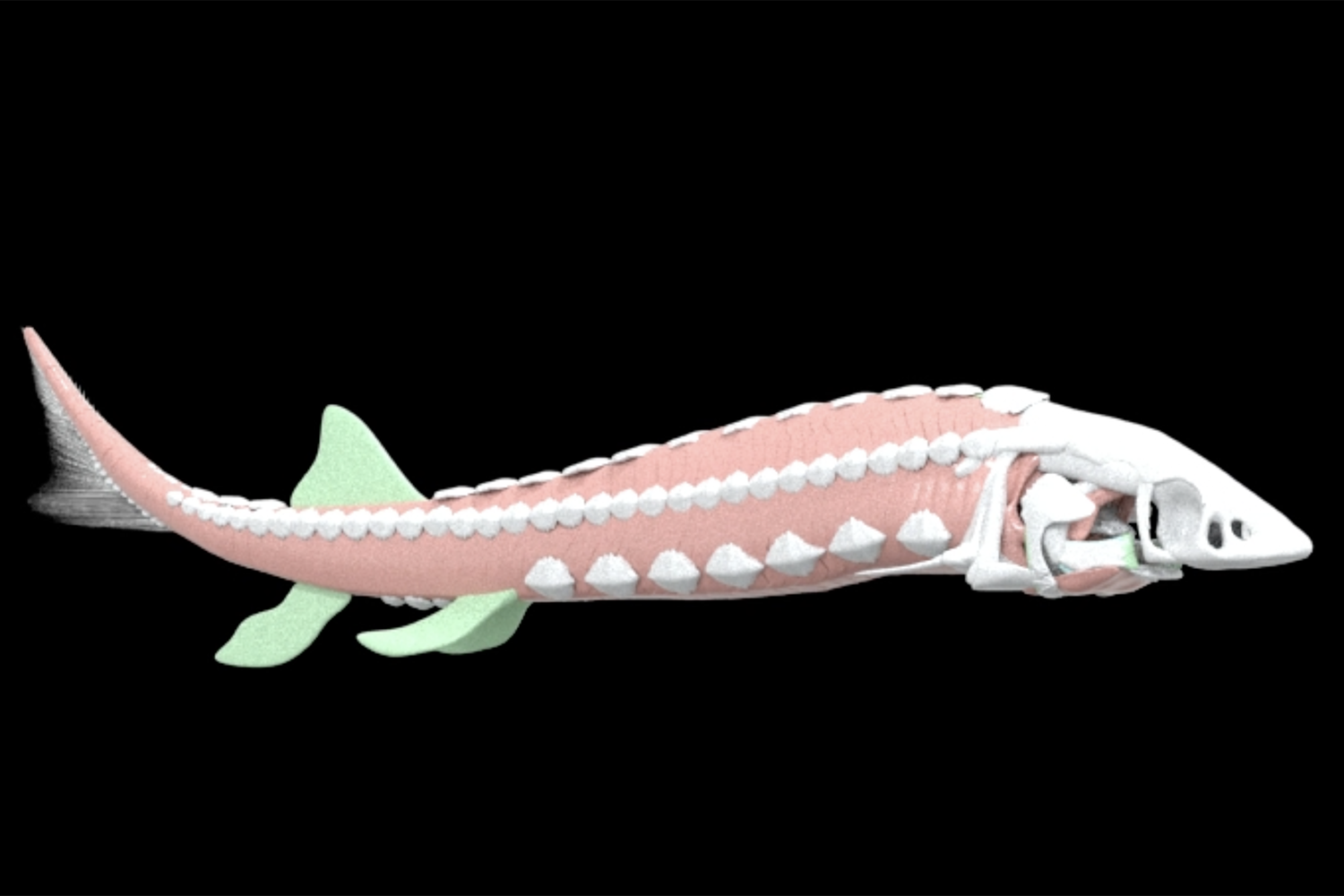
Caviar, made from the salted eggs (or roe) of sturgeon, is an expensive delicacy in Japan. With wild sturgeon greatly endangered due to overfishing and pollution, caviar is synonymous with extravagance – the fewer sturgeon there are to produce roe, the more difficult it is to obtain.
Aquaculture could be a possible answer to securing steady caviar supplies, but sturgeon farming in Japan hasn’t expanded much because it takes an extraordinary amount of time and effort – for one thing, the fish need to be reared for at least six to seven years before they reach sexual maturity. Compounding matters is the fact that male and female sturgeons remain indistinguishable for two to three years following birth, so breeding staff must possess specialized skills and conduct long-term monitoring. Inventories can suffer losses due to overfeeding or environmental changes, such as fluctuations in water temperature.
One way of tackling these challenges may lie in artificial intelligence (AI) and Internet of Things (IoT) technology, according to Japanese telecommunications and Internet firm Softbank Corp. Since 2020, the company has been working with the Faculty of Fisheries Sciences at Hokkaido University and the town of Bifuka, also in Hokkaido, to establish low-cost, efficient sturgeon farming methods using AI and IoT.
By examining image data, they are being used to automatically detect, count and track sturgeon, determine the swimming styles of individual fish and simulate schooling behavior. This March, the parties signed a three-way industry, academia and government partnership agreement with the aim of further raising the production and quality of sturgeon.
“One of our faculty’s goals is to revitalize fisheries in Hokkaido,” Yasuaki Takagi, dean of the Faculty of Fisheries Sciences at Hokkaido University, told the Advocate. “For many years, we have been working with local municipalities in the prefecture, including Bifuka town, where we have been promoting the region through sturgeon farming since the 1980s. Today, sturgeon aquaculture in the town is scaling up, and with this is an increasing need to incorporate technology for more effective farming methods.”
“Our goal is to develop a new, superior strain of sturgeon that has never been farmed before,” said Yuko Ishiwaka of Softbank. “We will gather the necessary data using our own technology, the high-level rearing techniques being used in Bifuka town and Hokkaido University’s technology and knowledge of sturgeon.”
In Japan, aquaculture is deployed in the defense of endangered species
The collaboration will leverage Softbank’s image analysis and machine learning technologies to identify individual sturgeon that are reared at Bifuka Town’s aquaculture facility, analyze their movements and behavior and produce simulations. Hokkaido University will analyze the ecology, anatomy and musculoskeletal structure of the sturgeon, while Bifuka town will be responsible for implementing farming practices based on Softbank’s technologies and Hokkaido University’s aquaculture and biology expertise.
In 2020, work began with the dissection of sturgeon at Hokkaido University, with their bones and muscles then sketched in great detail. Afterward, Softbank spent three years generating a 3DCG (three-dimensional computer graphics) model using anatomical data from Hokkaido University and studying how the bones and muscles of the sturgeon are attached. Since then, Softbank has generated a 3DCG simulation model for swimming behavior, including swarming, schooling and milling.
“Sturgeon farming is extremely challenging,” said Takagi. “To address these challenges, firstly we need more research into the reproductive physiology of sturgeon for more stable egg and sperm production. We also need an agreed-upon definition of ‘good sturgeon’ and selective breeding of parent fish. Compared to other species, it takes sturgeon an extremely long time to become adults and breeding them in research institutes in Japan is difficult, so we also need farms that can produce a steady supply of seedlings.”
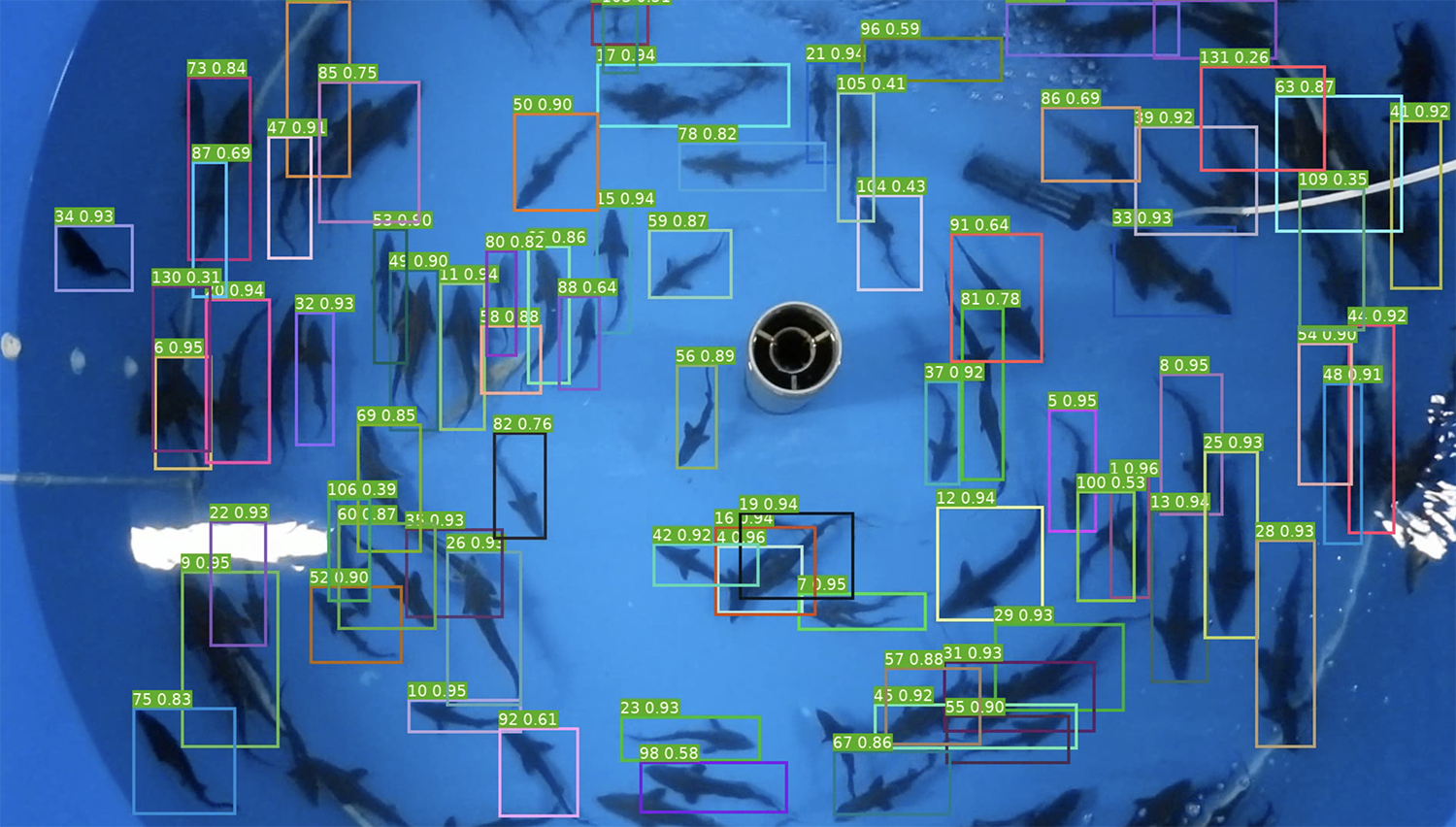
Takagi said it’s possible to import good quality seedlings from outside of Japan, but with that comes the risk of importing pathogens. He said there’s also a need to establish measures against disease in sturgeon: In Japan, very little research has been done in this field, so without specialists, “it will be impossible to act when disease occurs.”
“If we can study the ecology of sturgeon even further and simulate not just their musculoskeletal growth but also other areas like organ development or reproduction, we will be able to simulate other aspects such as spawning behavior in tens or hundreds of generations of sturgeon,” said Ishiwaka. “Eventually, we could simulate the main rearing processes on a sturgeon farm and discover more efficient farming techniques.”
This ability to simulate rearing processes is extremely important, said Takagi. If a steady supply of farmed sturgeon could eventually be produced because of this work, it may lead to new technical breakthroughs in aquaculture and contribute to more efficient farming methods for other species. Simulations can also be used for preliminary planning, to obtain and visualize detailed information on reared individuals and act as a decision-making tool for better farm management.
“As the global population increases, it is clear that we cannot rely on fisheries alone as a source of marine protein,” said Takagi. “There is a lot of attention on the growth and development of aquaculture and our work is important for this. In addition, starting something like aquaculture, which requires large-scale investment, can be very risky for some countries. We believe that being able to simulate rearing methods through AI and IoT is extremely important to reduce that risk.”
Now that you've reached the end of the article ...
… please consider supporting GSA’s mission to advance responsible seafood practices through education, advocacy and third-party assurances. The Advocate aims to document the evolution of responsible seafood practices and share the expansive knowledge of our vast network of contributors.
By becoming a Global Seafood Alliance member, you’re ensuring that all of the pre-competitive work we do through member benefits, resources and events can continue. Individual membership costs just $50 a year.
Not a GSA member? Join us.
Author
-

Bonnie Waycott
Correspondent Bonnie Waycott became interested in marine life after learning to snorkel on the Sea of Japan coast near her mother’s hometown. She specializes in aquaculture and fisheries with a particular focus on Japan, and has a keen interest in Tohoku’s aquaculture recovery following the 2011 Great East Japan Earthquake and Tsunami.
Tagged With
Related Posts
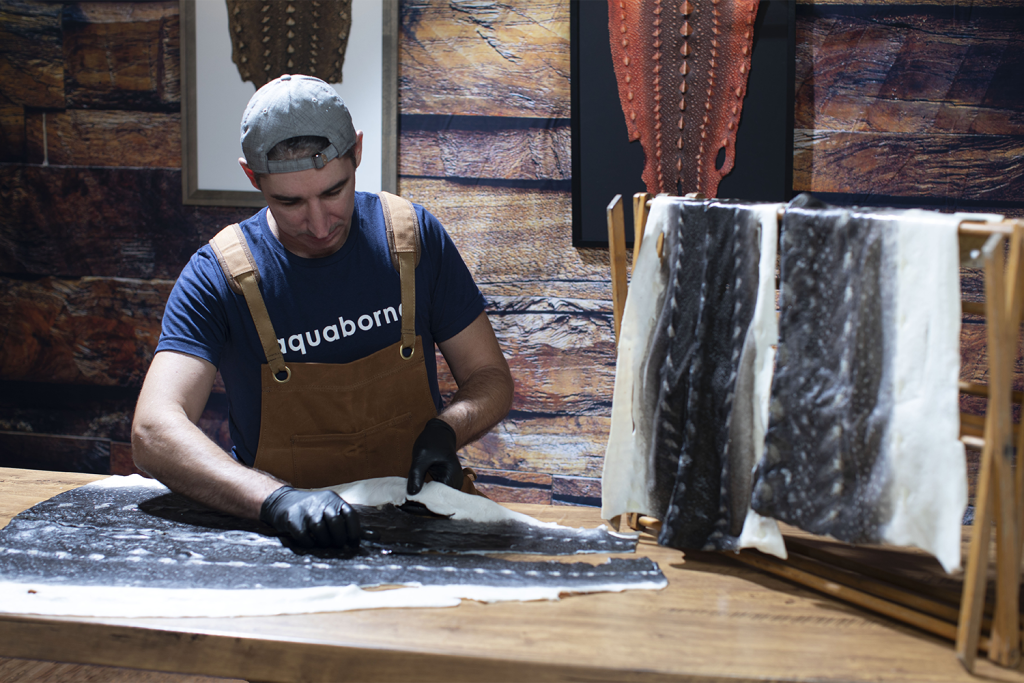
Innovation & Investment
Seafood byproducts reel in a new wave of innovators
Creative companies like Cruz Foam, Aquaborne and SuperGround embrace the circular economy and upcycle seafood byproducts into new products.
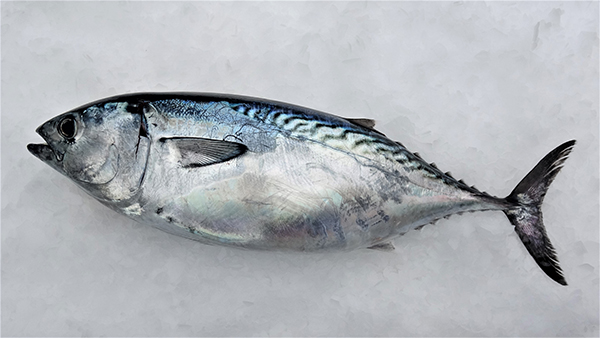
Intelligence
Artificial intelligence is taking fish farming (and sushi) in Japan to greater heights
From artificial intelligence to remotely operated vehicles, new technologies offer Japanese aquaculture improved efficiency and insights into fish farming.
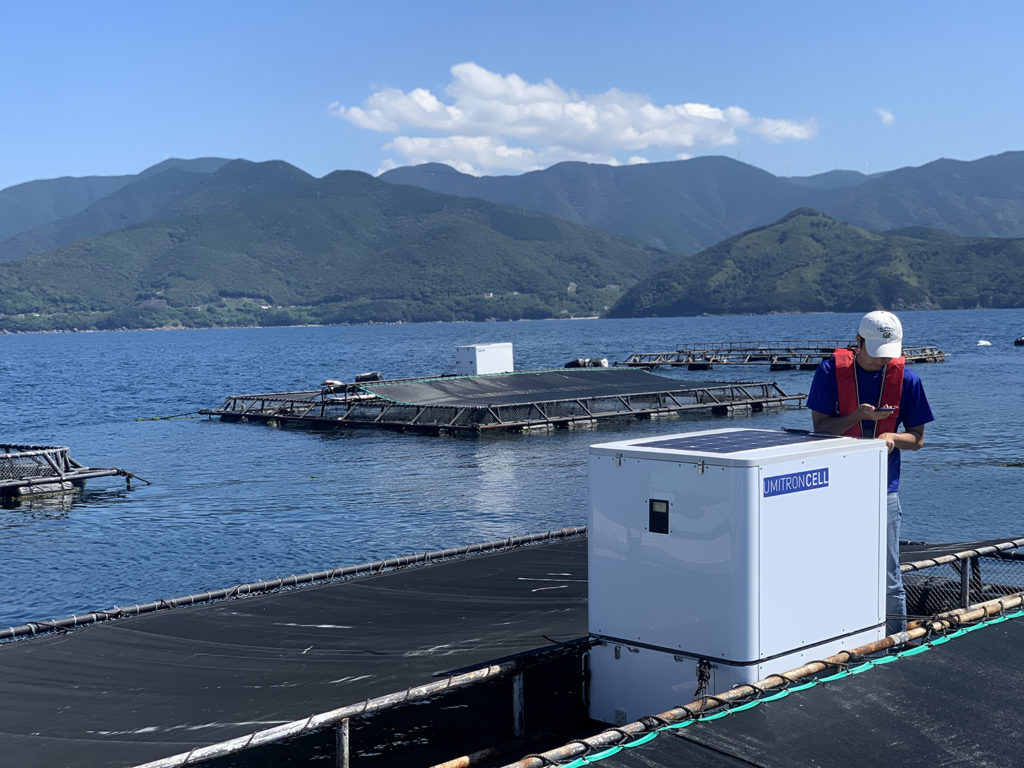
Innovation & Investment
Can aquaculture go all-in on AI?
Progressive aquaculture companies are harnessing the power of artificial intelligence (AI) from firms like Umitron and Aquaconnect to improve operations.
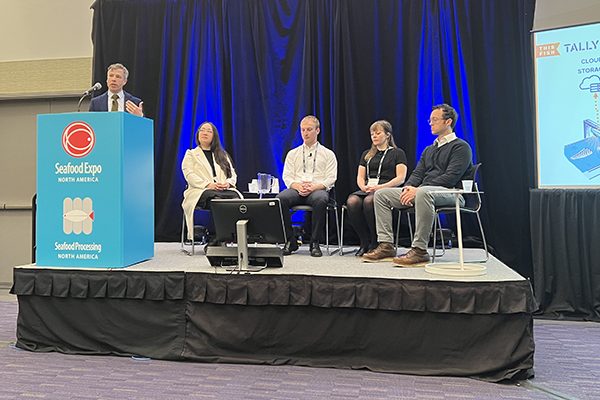
Intelligence
AI is becoming an ‘integral part’ of fisheries management and seafood processing
Artificial intelligence (AI) is playing a larger role in seafood, as data is at the heart of the so-called fourth industrial revolution.


